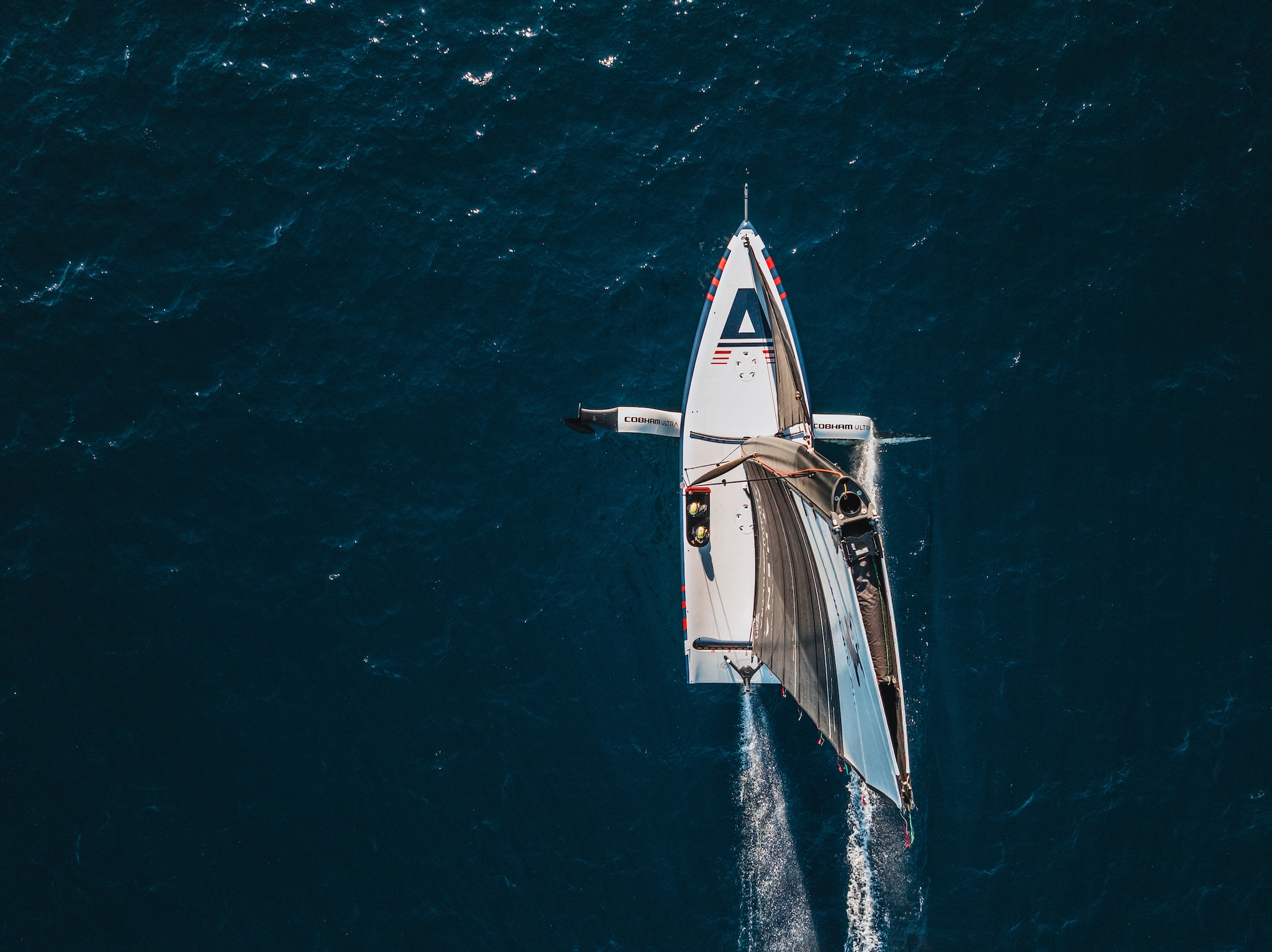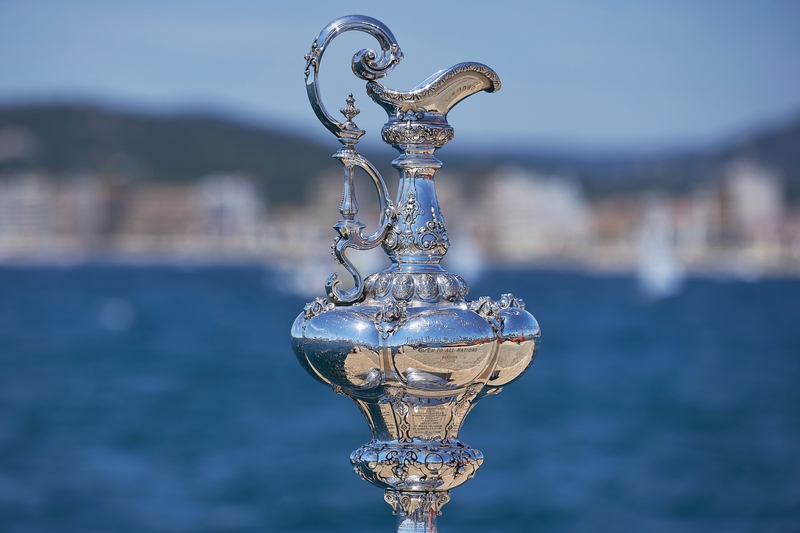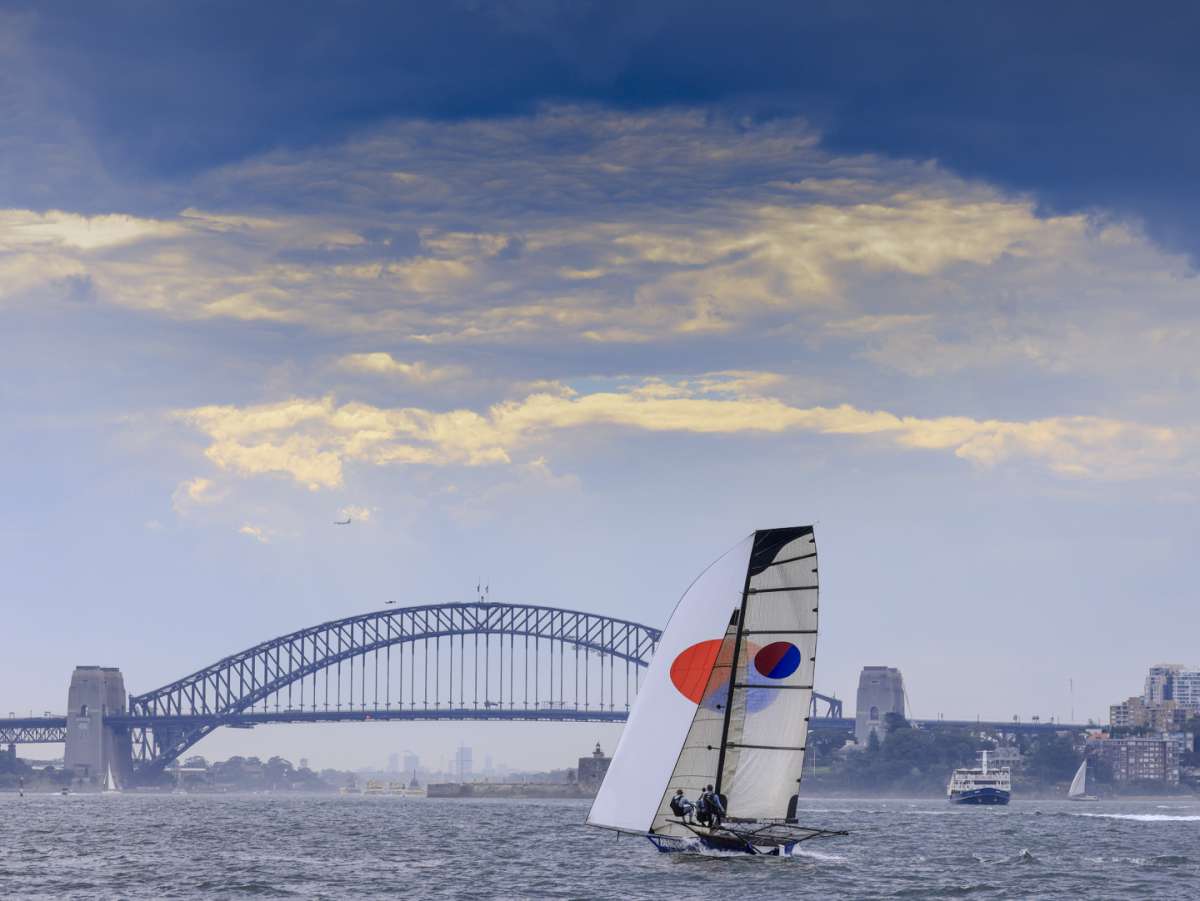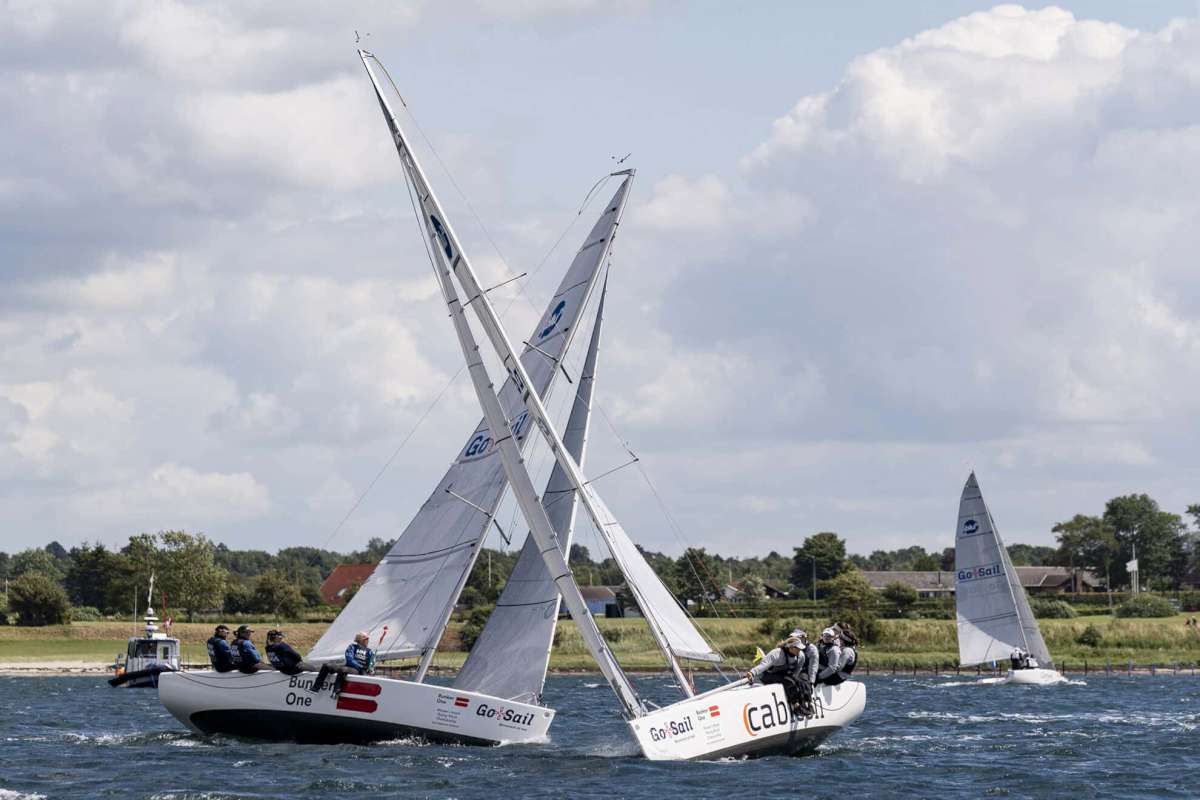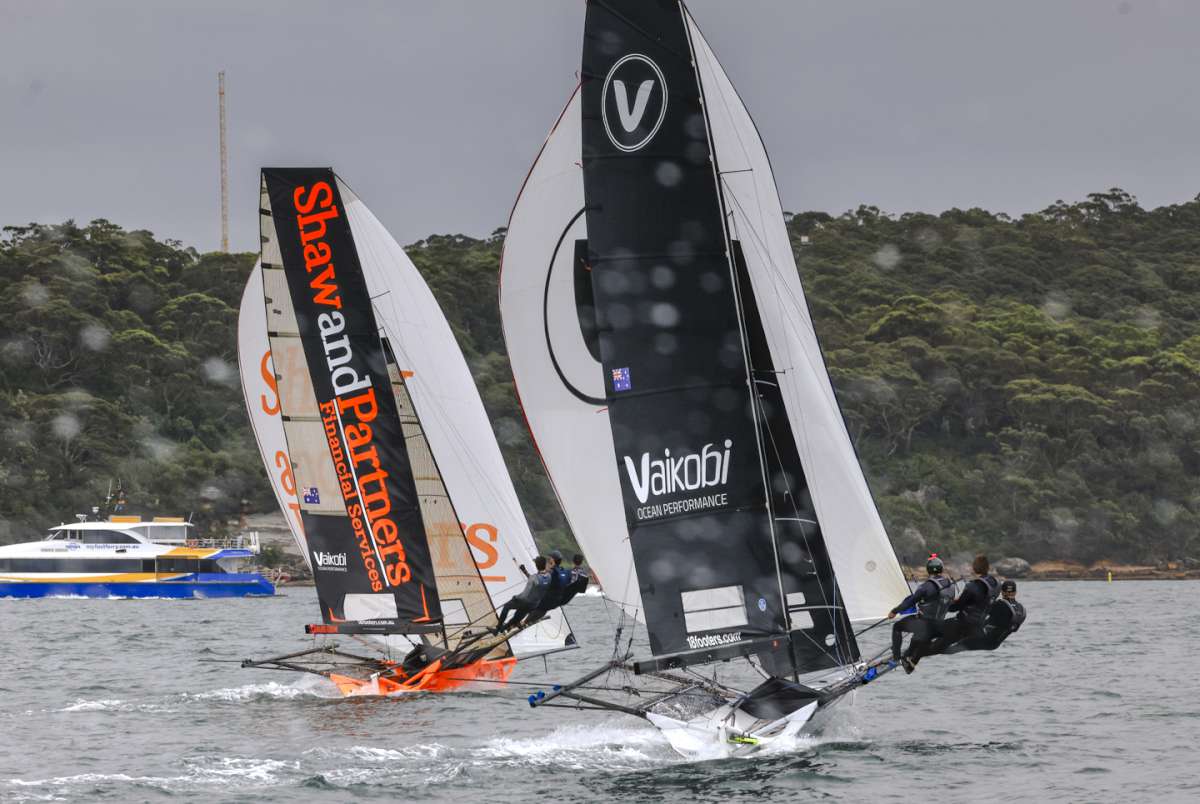In a quest for the quiet life on the water, many cruisers give any place popular with tourists a wider berth than a category five cyclone. Unfortunately in doing so, they often deny themselves the opportunity to experience some truly remarkable places.
Do not get us wrong. We love nothing better than the solitude of having a beautiful anchorage all to ourselves with not another soul in sight. However, we also take the view that if a location has enough natural beauty to attract people from all over the world, it is probably worth us having a look too.
Green Island
Green Island is such a place. It is one of about 300 coral cays on Australia’s Great Barrier Reef but it is the only one vegetated by rainforest. Located just seventeen nautical miles off North Queensland’s major city of Cairns, it is also the reef’s original resort island with the first thatched huts for visitors erected back in 1889.
Now up to a permitted maximum of 2,400 people a day visit this tiny piece of paradise. Only 660 metres by 260 metres containing a 46 room resort and a crocodile park you could be forgiven for thinking, as a cruising destination, it would be about as peaceful as the London Underground at peak hour. Nothing could be further from the truth.
We sailed from Trinity Inlet to the island into a 15 knot easterly breeze under overcast skies. We had read what Alan Lucas’s cruising guide had to say about the island, studied the Navionics charts and Google Earth images to work out our approach and then planned our anchoring spot in the swing basin at the island’s western end.
We followed the markers into the channel but promptly ran out of water near the end of the long jetty. With our depth gauge showing two metres we executed a very tight about turn and retreated back out the channel into clear water.
It turned out the wash from the props of the big tourist cats spinning onto and off the dock has created a sandbar all but blocking access beyond the jetty. Thanks to the advice of a local parasailing operator who saw our plight, we made our way around the outside of the fringing reef to the north west corner where we found buoys marking the edge coral.
We were then able to pick our way through the bombies to anchor about 500 metres from the beach in five metres of water over good holding sand. We had ample swing room well away from any coral and the large reef surrounding the island provided more than adequate protection from the easterly wind and swell.
The water was beautifully clear with our chain clearly visible stretching across the sand bottom. We have been informed that the National Parks and Wildlife Service has installed some public use moorings in the lagoon since we visited in September 2016.
The island may be well populated with tourists but the anchorage was very quiet. The resort is located near the centre of the island and is well hidden from the water by the thick vegetation providing a peaceful outlook from the boat.
Only one tourist boat is licensed to operate in this part of Green Island. It is about a 60 foot sailing boat that carries a maximum of 25 guests for snorkelling and diving day trips to the island. It arrives mid-morning, moors in the far corner well away from where we anchored and is gone by three so had no impact on us at all. In fact, there were never any more than two other boats anywhere near us during our whole stay.
We took our dinghy into the beach to explore and had a pleasant time circumnavigating the island on foot. It is only a 1.6 kilometre stroll so not exactly a strenuous walk.
There is a very good network of boardwalks through the island’s interior rainforest national park areas. There are good information boards explaining the island’s geological history, flora and fauna including the fifty five breeds of birds regularly seen here.
After our walk we took advantage of the fresh water pool available for day guests on the island to cool down. We also made use of the open air, fresh water showers before enjoying a nice refreshing ice-cream from the gelato shop. Bar, snack and restaurant facilities are also available should you wish to partake. There are definitely some advantages to having a resort handy when at anchor.
The best part of our stay at Green Island though was found under the water. The entire area is a conservation green zone with no fishing of any kind permitted. We were very, very pleasantly surprised at the snorkelling here.
The water quality was exceptional while the reefs were very healthy with an abundance of colourful soft and hard corals. Huge giant clams are found everywhere. The brilliant colours of their flesh is something we never tire off.
Over four days we explored many areas and saw an incredible diversity of fish life of all colours, shapes and sizes. It was so good to swim amongst schools of large fish who seemed totally unconcerned by our presence.
Our biggest buzz however was spending about twenty minutes in the company of a curious turtle that seemed to enjoy swimming with us. At first we were careful to remain a respectful distance but then found it inquisitively moving closer to us. We felt privileged indeed that this beautiful creature shared its home with us for a brief period.
Yes, there may have been a couple of thousand people on the island during the day but, from our quiet anchorage a few hundred metres away, we would have never have known it. If we had avoided Green Island on the basis of it being a ‘tourist trap’ we would have missed this piece of paradise and our lives would have certainly been the poorer for it.
On the basis of the amazing few days we spent at Green Island we then included two more tourist hotspots in the form of Michaelmas Cay and Low Isles in our immediate plans.
Michaelmas Cay
Michaelmas Cay lies 23nm north east of Cairns and is another Great Barrier Reef tourist hot spot. Each day three large commercial boats transport hundreds of visitors to the small sand cay to see up to 20,000 breeding pairs of birds that roost on the islet depending on the time of year.
Michaelmas is also surrounded by pristine coral reef and prolific marine life as it too is a fully protected conservation green zone. This makes it another prime snorkelling site, which is what attracted us. Once again, we were not going to let a few hundred tourists scare us off.
It was just a short five mile hop for us from our previous night’s stop at Vlasoff Cay so we got underway with a leisurely 8.30am start. We thought this would get us to the anchorage before the tourist boats began arriving from Cairns. We clearly under-estimated the pace of the high speed catamaran Sea Star, which blasted past us as we made our approach to the anchorage on the cay’s northern side.
Their arrival ahead of us did allow to see which way they navigated into the anchorage through the many coral heads.
I stood high on the pulpit of the bow with a good view of the bombies hiding under the very clear water, while Karen helmed the boat. We carefully followed the charter boat’s lead and picked our way through.
Karen got very concerned at one stage and wanted to stop as the electronic chart on the plotter in front of her did not agree with reality.
According to Navionics we ran aground but, in fact, never saw less than 12 metres on the depth gauge as we passed over what is shown as a drying reef.
There are two public moorings at Michaelmas. One is rated for a 10m monohull and the other up to 25m. Both were occupied when we arrived so we anchored in seven metres of water over good clean sand with comfortable swing room clear of the nearby coral heads.
Virtually, as soon as our anchor lay on the bottom, Our Dreamtime was surrounded by a welcoming party of large batfish and a huge giant trevally. We were quick to lower the dinghy and put the swim platform down so we could get into the water to say hello.
Despite the national park regulations the fish must be in the habit of being fed by visitors as they showed no fear and quickly got right up close and personal. They became our constant companions for the next four days.
There were soon three large tourist boats moored nearby. We were not impressed with the way the tenders raced around at unnecessarily high speeds, ferrying patrons to and from the cay and to glass bottom boats etc.
We did not fancy being run over by one of these cowboys so we stayed out of the water. Instead we had a relaxing time onboard for a few hours before heading ashore mid-afternoon as soon as the commercial boats left.
The two yachts on the public moorings also departed so we had the whole anchorage and cay to ourselves, apart from a few thousand screeching birds of course. We could have moved onto one of the moorings but felt quite secure at anchor.
People are only permitted onto a very small portion of the cay with the rest reserved for the nesting birdlife. The hours you can come ashore are also restricted to 9.30am to 3.00pm.
As we stood at the rope bordering the visiting area and well within touching distance of many birds they seemed totally nonplussed by our presence. When on the cay the noise is quite loud and the smell of tons of bird droppings is far from pleasant. It was enough to cut short our plans of a romantic interlude drinking a bottle of bubbles all alone on this tropical coral cay.
Neither noise or smell were an issue for us on the boat just a hundred and fifty metres off the beach so that is where we finished the bottle and enjoyed the sunset.
Next day we enjoyed a cooling swim early before the charter boats arrived then put our kayak down. We had a fantastic paddle right around the cay and over much of the surrounding reef while the tourist hordes did their thing. Our friends, Matt and Deb on La Jorja arrived during the day and picked up the heavier of the moorings just in front of us.
The last of the tourist boats slipping their mooring to head back to Cairns was our signal to go snorkelling in peace. While not quite up to the exceptional standards set by our underwater experiences at Green Island, Michaelmas Cay was still very good with plenty of colourful coral, giant clams and abundant marine life.
Again the marine life was far less inclined to dash away from us here than in non-green zone areas we dive. There was also a greater number of large fish to be seen. One massive giant trevally did become a bit of a pest though as it repeatedly tried to bite our swim fins. We are not sure what that was about.
Day three and four were repeats of day two with an early morning swim followed by more kayaking or relaxing on board while the tourists were around and then snorkelling once they left.
Michaelmas Cay is certainly another piece of paradise we would recommend to cruisers despite it qualifying for the derogatory title of ‘tourist trap’. The invading masses are only at the cay for five hours a day leaving the other nineteen to be enjoyed. It is simply a case of kicking back and biding your time.
Lowe Isles
After really enjoying spending time anchored at the popular Great Barrier Reef tourist spots around Cairns of Fitzroy Island, Green Island and Michaelmas Cay, we decided we should also sail a little further north to Low Isles. We would see if its charms also outweigh the negatives of the large number of visitors that arrive there every day from the mainland.
The anchorage is located between the two islands that make up the Low Isles group and is protected by a large reef that connects the two on the southern side. The westernmost, Low Isle, is a coral cay of just 2.7 hectares in area surrounded in most parts by sand beach and featuring an attractive lighthouse built back in 1878. This is where the tourists land.
The much larger Woody Island is a mangrove island of a type only found in the northern Great Barrier Reef area. Records show that the island has doubled in size since 1928 to its current 55 hectares.
Nevertheless only the toughest species of mangrove can survive here exposed to constant wind and salt with little fresh water and few nutrients. From September to March Woody Island is also a nesting for 25,000 pairs of pied-imperial pigeons.
Leaving Port Douglas at first light saw us arrive ahead of all the tourist boats and it was nice to discover only two yachts and a motorboat in the anchorage. Things continued to look up when one of the Great Barrier Reef Marine Parks public moorings was available.
We have always found these moorings well-maintained and those here at Low Isles are rated for up to a 25 metre monohull in 25 knot winds so we had no concerns about the strength.
We are quite happy to rely on our own ground tackle but, where secure moorings are available, why not use them?
We then settled back for a casual cook-up breakfast on the stern and watched the world invade paradise. A stream of charter boats of all shapes and sizes arrived carrying hundreds of tourists, most of whom were quickly outfitted in protective stinger suits, snorkelling gear and life jackets. They were then ferried into the beach in tenders which ran bow first up onto the sand to disgorge the human load.
The drivers of these tenders appeared determined to stir up as much muck off the shallow bottom near the shore as possible, gunning the outboards to reverse off the beach, thereby destroying the water clarity in their haste to pick up the next boat-full of yellow-backed snorkellers.
We quickly decided to give the beach area a wide berth until the hordes returned to their waiting five star apartments, bars and overpriced cocktails.
As we have found at all the tourist traps we’ve visited on the reef, the commercial boats are all gone by about three o’clock and cruisers are then left alone in paradise. We went ashore on Low Isle for sundowners enjoying a few cold drinks and nibbles in absolute peace.
After breakfast the following morning we returned ashore to have a snorkel over the reefs near the beach before the tourists arrived. Much of the coral was bleached or dead, although there were some nice colourful examples interspersed amongst it. The fish life was plentiful but mainly small.
Unfortunately we had not arisen as early as we should have and the first of the boats began churning up the water not long after we began. We could literally see the water clarity disappear in front of our eyes as the combination of outboard wash and tourist first-time snorkellers walking across the bottom in swim fins stirred up huge clouds of sediment.
We quickly gave up and enjoyed a nice exploratory walk around the island’s paths instead before leaving the hordes behind to check out the coral around Woody Island. Our guests kayaked over the reef while Karen and I donned our snorkelling gear again.
What a difference! The visibility was much better and we soon discovered the marine life appeared to share our dislike of being surrounded by hundreds of tourist snorkellers flailing away on the surface of the water too.
The reef on this side of the lagoon was much healthier with good hard and soft corals and many giant clams. It was populated by good numbers of large fish of all reef species. We saw good sized spotted coral trout, sweetlip and masses of big, colourful parrot fish. You name it, they were there. Living in a conservation green zone they also seemed to have no fear and our presence did not worry them at all.
Black tip reef sharks patrolled around and I even had a close encounter with three large barracuda all over a metre long. I spotted them gliding by so swam after them to get some video only to have them reverse course and come straight back at me in line astern before each turned away at the last moment, giving me a very close look at their huge teeth. Barracuda have been known to be aggressive but fortunately not on this occasion.
We spent hours floating over the shallows and free diving amongst the coral heads in the deeper water discovering new wonders at every turn.
Although the daily influx of tourists had a greater impact on our experience here than during our stops at Green Island and Michaelmas Cay, we were definitely still very glad we had decided to visit.
Above the water Low Isles is an extremely attractive piece of Australia. Its glorious mornings and peaceful late afternoon charms more than make up for the few busy hours through the middle of the day. Provided you steer clear of the small area swamped by the tourists, it is even better under the surface.
After the large number of cruising boats we had shared anchorages with up the east coast, we came across comparatively few here in far north Queensland and even less in the, so called, tourist traps we visited. We never had more than three other cruising boats with us and were often on our own after the charter boats left. The lagoon at Low Isles is very well protected in any winds other than from NW to NE and there is plenty of room to anchor in lovely clean sand if you do happen find all the mooring balls occupied.
Add it to your bucket list, along with Green Island and Michaelmas Cay.
You will not regret it. ≈





